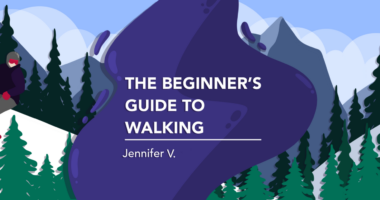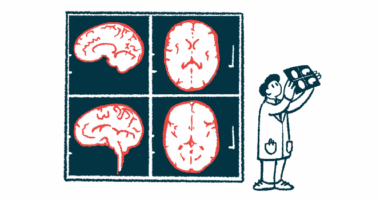With NMOSD, hiccups can be more than just a nuisance
Vomiting and this routine event signaled a disorder for a columnist's daughter

The human body is a fascinating and mysterious thing both to understand and to listen to. Personally, I think hiccups are one of the most annoying things our bodies do. They seem to come at the worst time and last longer than we’d prefer.
Growing up, my siblings and I loved trying to scare the daylights — or hiccups — out of one another when we’d get them. We would also try gulping water, standing on our heads, and holding our breath. Naturally, I passed all of these “remedies” on to my three kids as they grew up.
In 2017, hiccups became a symptom of something more serious in my youngest daughter, Bella, then 9 years old. In fact, Bella’s hiccups were just one of many symptoms she experienced before she was diagnosed with neuromyelitis optica spectrum disorder (NMOSD).
According to the National Institute of Neurological Disorders and Stroke, NMOSD “is an autoimmune disease of the central nervous system (CNS) that mainly affects the optic nerves and spinal cord.” Symptoms of NMOSD can vary and include uncontrollable vomiting and hiccups.
Because hiccups, nausea, and vomiting are also symptoms of other illnesses, NMOSD may not be the first diagnosis doctors consider.
As Neuromyelitis News recently reported, NMOSD can affect the brainstem. “When this happens,” the story notes, “the brainstem’s area postrema can become inflamed and damaged. As a result, nausea, vomiting, and hiccups can appear suddenly and last for weeks.”
A serious matter
In Bella’s case, a major NMOSD attack caused her to have the hiccups nonstop. Her hiccups and uncontrollable vomiting caused Bella to begin to choke. Shortly after that, she was placed in a medically induced coma for a few days to give her body time to rest and to keep her from choking.
Incredibly, once Bella began to receive treatment, her hiccups and vomiting slowly subsided and eventually stopped altogether.
It’s been nearly six years since Bella was diagnosed with NMOSD, and we still keep track of when her hiccups begin, how long they last, and whether any other symptoms accompany them. Thankfully, her hiccups — and any accompanying symptoms — no longer last more than 24 hours.
One of the most important things we’ve learned on this NMOSD journey is to keep track of symptoms, including how long they last and whether new symptoms appear. If a symptom lasts longer than 24 hours, we call Bella’s neurologist, as it could be a sign of a possible relapse.
While we’re always careful with any NMOSD symptoms, it’s nice when Bella’s siblings or I get the hiccups and she jumps out to scare us or reminds us to drink water or hold our breath. I’ll take that over NMOSD any day.
Note: Neuromyelitis News is strictly a news and information website about the disease. It does not provide medical advice, diagnosis, or treatment. This content is not intended to be a substitute for professional medical advice, diagnosis, or treatment. Always seek the advice of your physician or other qualified health providers with any questions you may have regarding a medical condition. Never disregard professional medical advice or delay in seeking it because of something you have read on this website. The opinions expressed in this column are not those of Neuromyelitis News or its parent company, Bionews, and are intended to spark discussion about issues pertaining to neuromyelitis optica spectrum disorder (NMOSD).







Leave a comment
Fill in the required fields to post. Your email address will not be published.